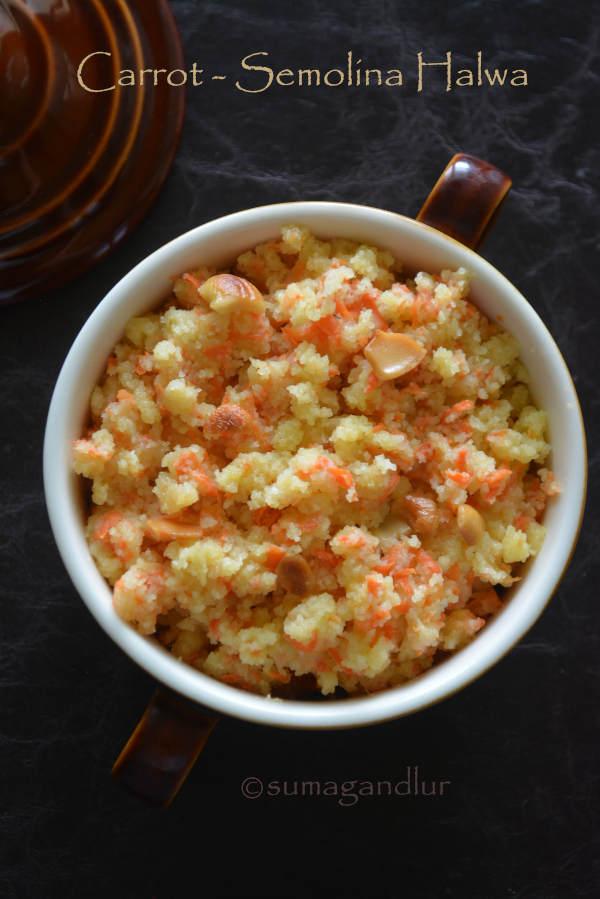Kheer made with peas may sound unusual and even weird if one has never heard about it. However matar ki kheer aka green peas kheer is a traditional dish that is cooked in parts of north India. I had known about this kheer for years but I too had been skeptical since I wasn't sure whether I would favor green peas in a sweet dish. I put my apprehensions away this time as I had tried a kheer with field beans recently and really liked it. Besides, I had loads of frozen peas.

The kheer is a perfect one if you are planning to floor your family or guests without slaving in front of the stove. I am really glad that I gave this kheer a try. It is so delicious that it has become one of my favorite kheers now. No one can beat you if you start playing a guessing game with this kheer. My kids could not guess at all what went in and my daughter, who avoids peas kept leaning towards pistachio because of the color and loved it.

The kheer preparation involves the usual, simple steps. There is no need for any fancy ingredients to prepare this kheer. All you need are milk, sugar and fresh / frozen peas. Peas are ground to a paste and cooked in milk until it slightly thickens. Be sure to prepare a large quantity of this delicious kheer or else be ready to regret it.
Ingredients: (Yield - 2 servings)
1 cup fresh / frozen green peas (I used frozen ones.)
2 tsp. ghee
1.5 cups milk
Sugar to taste
2 pinches of ground cardamom
Chopped nuts to garnish

Directions:
* Grind the peas finely / slightly coarsely using water if needed.

* Heat ghee in a pan, preferably a non-stick one and add the ground peas puree. Saute it on low flame until the raw smell of the peas disappear, about 8 to 10 minutes.

* Add milk and cook it, stirring intermittently until it reduces to 3/4th the original quantity or a little thicker. Leave a ladle in the pan to avoid the milk from boiling over. (One can adjust the quantity of milk depending upon the preferred consistency of the kheer.)

* Add sugar and cardamom powder and cook until sugar melts and turn off the stove.

* The kheer can be served warm or chilled. Garnish with chopped nuts before serving.

Comments

The kheer is a perfect one if you are planning to floor your family or guests without slaving in front of the stove. I am really glad that I gave this kheer a try. It is so delicious that it has become one of my favorite kheers now. No one can beat you if you start playing a guessing game with this kheer. My kids could not guess at all what went in and my daughter, who avoids peas kept leaning towards pistachio because of the color and loved it.

The kheer preparation involves the usual, simple steps. There is no need for any fancy ingredients to prepare this kheer. All you need are milk, sugar and fresh / frozen peas. Peas are ground to a paste and cooked in milk until it slightly thickens. Be sure to prepare a large quantity of this delicious kheer or else be ready to regret it.
1 cup fresh / frozen green peas (I used frozen ones.)
2 tsp. ghee
1.5 cups milk
Sugar to taste
2 pinches of ground cardamom
Chopped nuts to garnish

Directions:
* Grind the peas finely / slightly coarsely using water if needed.

* Heat ghee in a pan, preferably a non-stick one and add the ground peas puree. Saute it on low flame until the raw smell of the peas disappear, about 8 to 10 minutes.

* Add milk and cook it, stirring intermittently until it reduces to 3/4th the original quantity or a little thicker. Leave a ladle in the pan to avoid the milk from boiling over. (One can adjust the quantity of milk depending upon the preferred consistency of the kheer.)

* Add sugar and cardamom powder and cook until sugar melts and turn off the stove.

* The kheer can be served warm or chilled. Garnish with chopped nuts before serving.

Comments








































